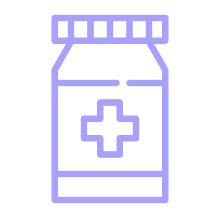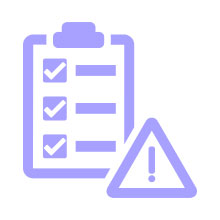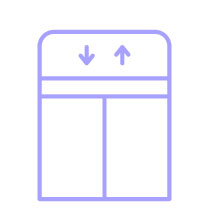At only eight and a half pages of statute, the federal 340B drug pricing program is a clear example of how industry speaks when the law is silent. The program itself is fairly simple—in 1992, the government was concerned that safety net medical institutions would not be able to offset the losses from treating patients who were underinsured. In efforts to combat this, Congress empowered these facilities to buy drugs at a discount, sell at full price, and use the profits to offset their losses elsewhere.
The program itself has grown to almost $148 billion in 2024, representing a 21.5% CAGR from 2010. For reference, drug expenditures in all of Medicaid are about $110 billion, and the entire Medicare Advantage program is about $460 billion (making 340B roughly 1/3 in comparison). On net, the program is a $60+ billion annual subsidy paid by pharmaceutical companies to covered entities through mandatory discounts—importantly at no cost to the federal government.
The real accelerator for the program’s spectacular growth has been the silence itself. Because the statute did not explicitly define how hospitals could distribute these discounted drugs, hospitals have found that they can endow a CVS down the street to make the purchases and sales on their behalf. Similarly, without clear statutory guidance on patient eligibility beyond a broad “patient of the entity,” they can claim any patient that has seen their staff recently as an eligible patient. What if the pharmacy and patient are now on the other side of the country? No problem, hospitals can still get a check by mail.
Congress has talked about reopening and amending the statute for years, releasing reports and proposing bills to either protect access or control perceived fraud. However, to amend the program, a legislator would have to pick between hospitals and pharmaceutical companies—a fight no one wants to sit between. At the same time, siding with pharma means the government would have to fill the $60 billion funding gap with a new pile of cash. When choosing between high-value subsidies versus $0, Congress tends to side with the latter.
The program will continue to be molded by industry fights in the courtroom, where judges interpret the ambiguity and shape the future in lieu of congressional action.
Instead, the program will continue to be molded by industry fights in the courtroom, where judges interpret the ambiguity and shape the future in lieu of congressional action. In 2020 manufacturers began imposing purchasing restrictions and after years of litigation, the courts gave manufacturers the nod to limit discount access to certain distances or number of sites. In 2021, states moved in the opposite direction to codify unlimited purchasing access, and (similarly), after years of litigation, the courts gave them the nod to continue.
The latest fight is happening right now at the White House, where manufacturers are pleading with the administration to change the discount-based program into a rebate program. This model would give manufacturers more transparency into purchases, helping ensure they aren’t providing duplicate or even triplicate discounts. Under such a system, hospitals would have to submit detailed requests for pharmaceutical companies to repay the difference owed. Hospitals are concerned that they will face additional burdens and restrictions that will ultimately hit their profits. As the clock ticks towards implementing the first-ever drug negotiation program in 2026 (which will put pressure on 340B entities and pharma alike), the worries of 340B are stronger than ever.
This fight is characterized by 21 individual meetings with the White House led by manufacturers, advocacy groups, hospitals, and even a few consulting companies. We expect the administration to release its final decision in the next month, which will undoubtedly lead to several more years of litigation regardless of the decision.
While the outcome is uncertain and the impacts will depend on which sector of the industry a company operates in, the realities are clear: the program will continue to evolve through court decisions, and Congress will always be disincentivized to intervene.
The 340B program itself serves as a lesson and an example to future legislators on how industry will speak where they are silent. At the same time, it creates a perfect example of how companies can find pockets of profitability that seem too good to be true—but no one can really stop them.
Read more from Angela:
The Inflation Reduction Act’s Costly Healthcare Mistakes




























